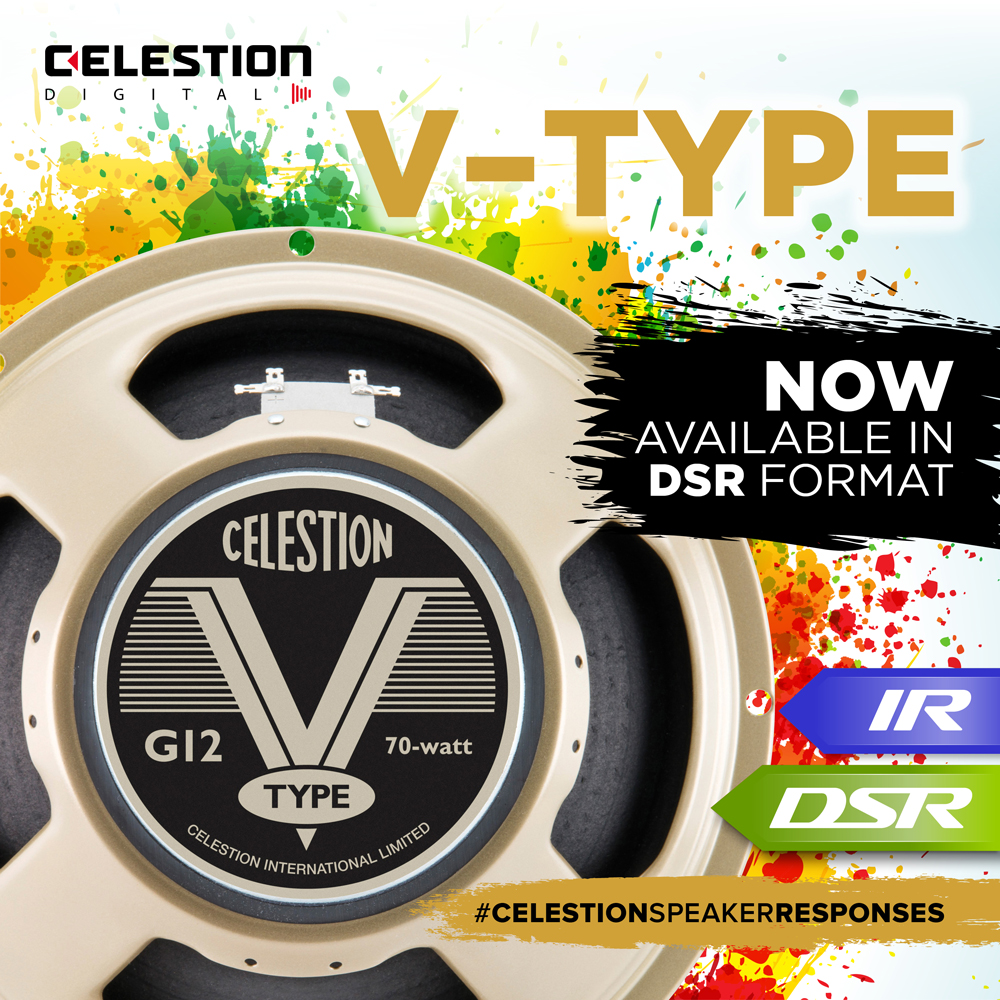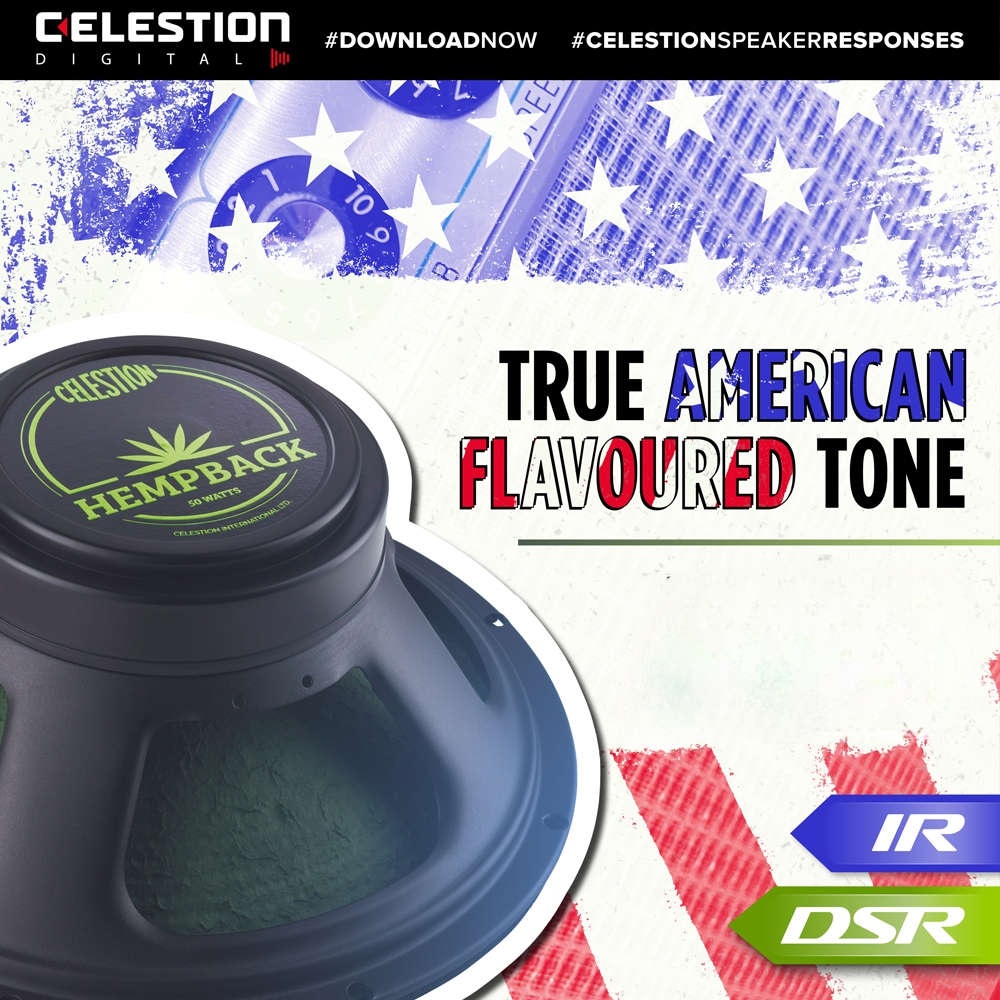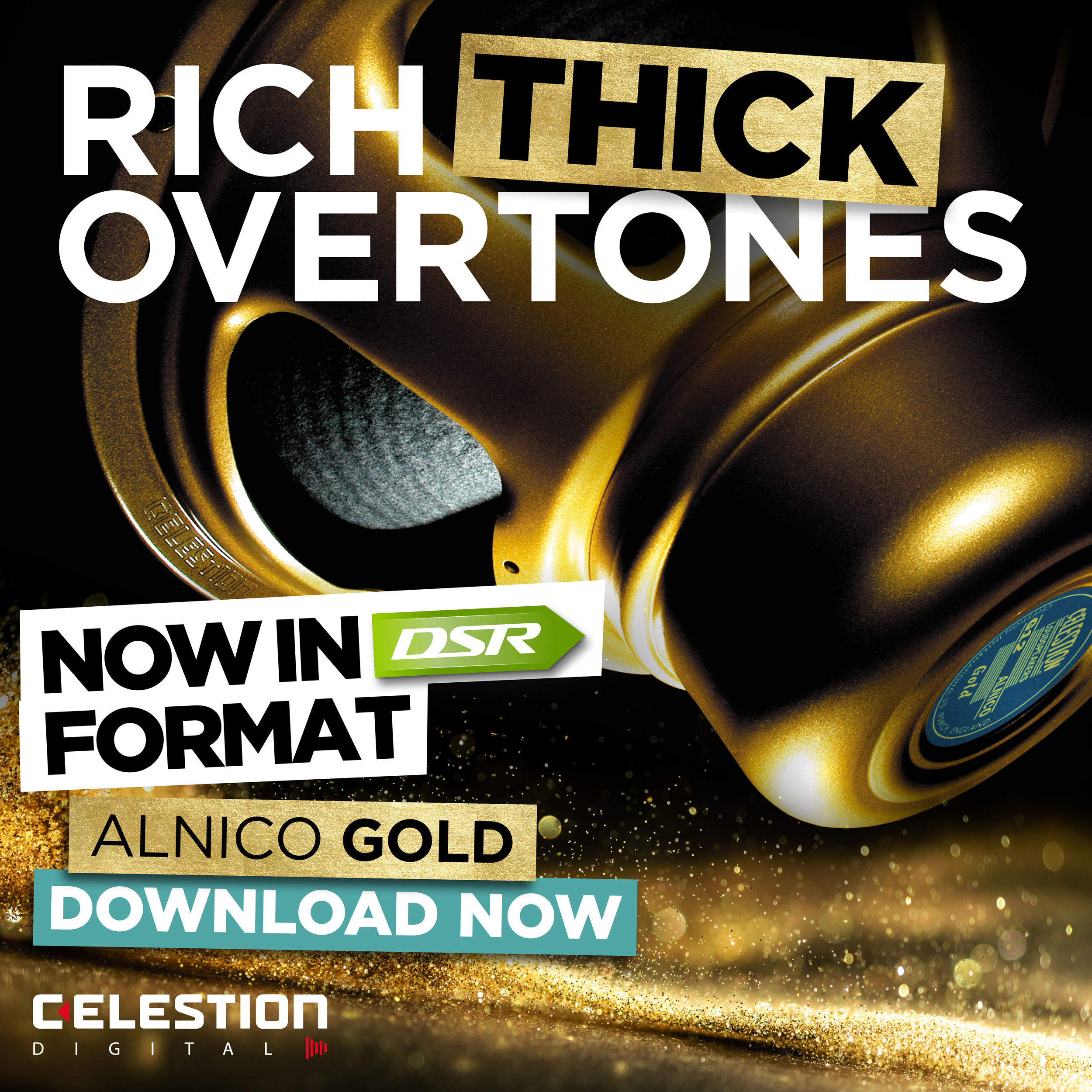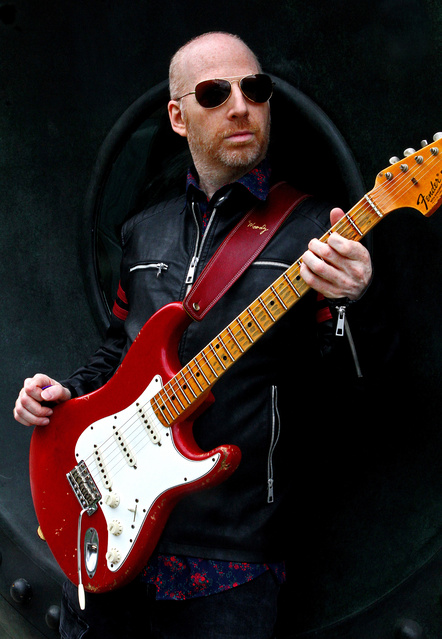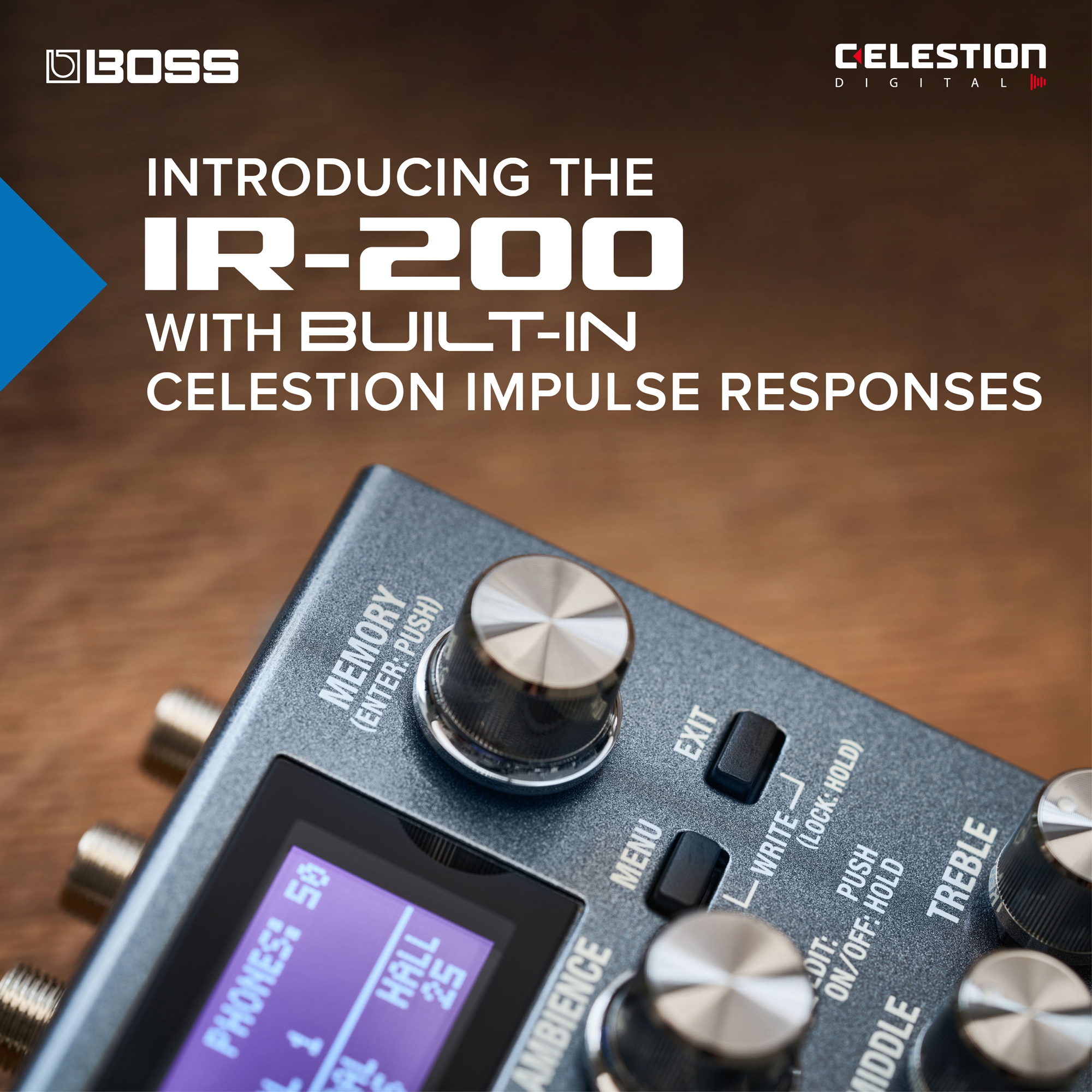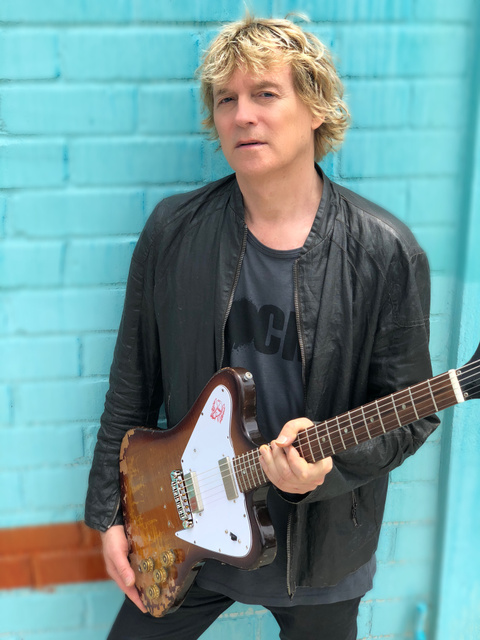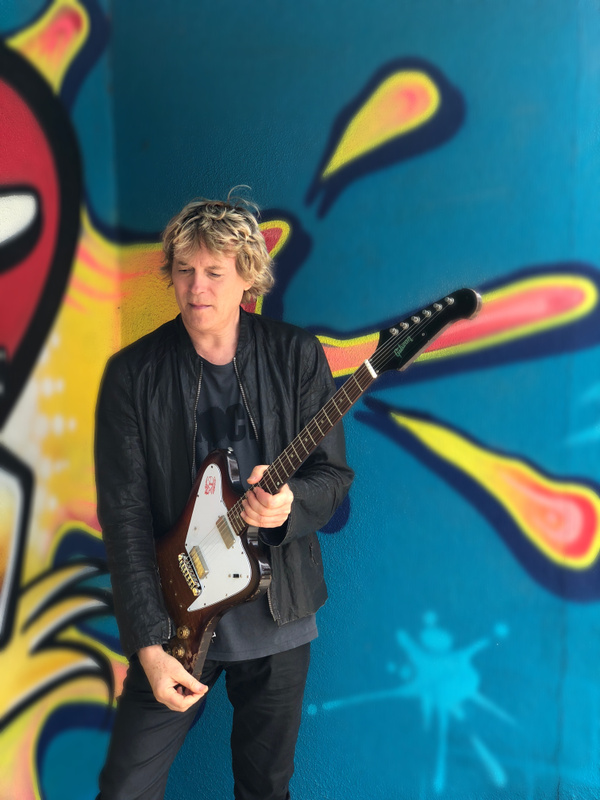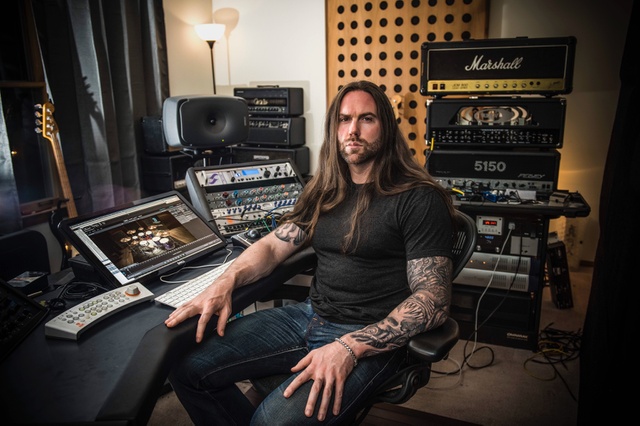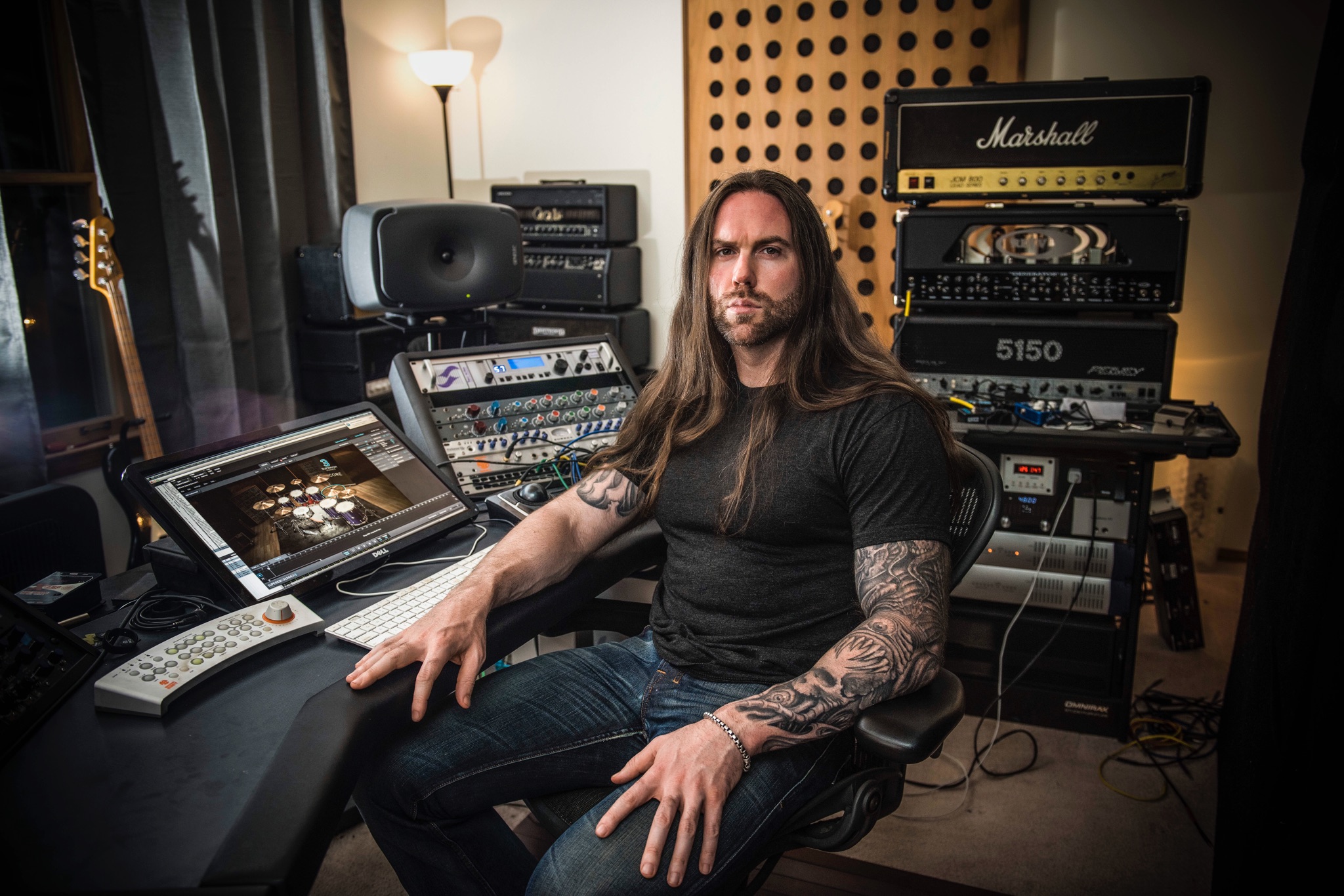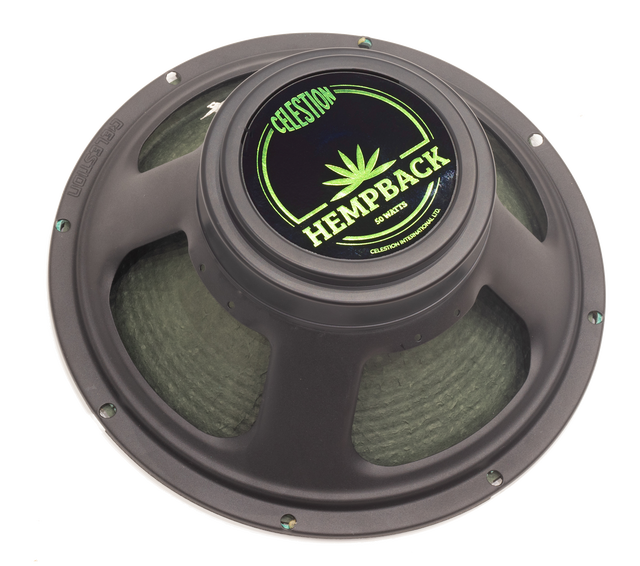
Ipswich, UK (January 23, 2023) —Celestion, the world’s premier designer and manufacturer of guitar loudspeakers, well-known as the “Voice of Rock & Roll” behind many of the world’s most memorable guitar performances, is very pleased to announced the worldwide retail availability of the highly-anticipated G12M-50 Hempback guitar speaker, which takes Celestion tone in an exciting new direction.
The first-ever hemp cone guitar speaker built by Celestion, the Hempback represents a new development in Celestion’s never-ending pursuit of outstanding tone. The cone was specifically chosen for its tonal character and combined with a medium-weight ceramic magnet, the Hempback has a tone that is distinctive and well-defined: delivering a balanced low end, plenty of mid-band character together with smooth, silky highs.
The speaker is particularly targeted for use in American voiced amps, for example combos such as a Fender® Deluxe Reverb® or Blues Jr.®, delivering true American-flavoured tone along with cleans that are second to none. Load up a Hempback for a smooth and “smoky” sound that’s musical and responsive, and let the hemp tone shine through.
Specifications
Nominal diameter 305mm/12in
Power handling 50W
Nominal impedance 8Ω, 16Ω
Sensitivity 99dB
Chassis type Pressed Steel
Voice coil diameter 44mm/1.75in
Voice coil material Round copper
Magnet type Ceramic
Magnet weight 0.9kg/35oz
Frequency range 75Hz-5000Hz
Resonance freq. 75Hz
About Celestion and Celestion Guitar Speakers
An important element to essential British guitar tone since the birth of Rock & Roll, Celestion Guitar Speakers are famous for their lively and vocal midrange character with plenty of sparkle and chime. With worldwide headquarters in Ipswich, England, Celestion design, develop and manufacture premium guitar and bass loudspeakers, and high-quality professional audio drivers for sound reinforcement. These world-renowned speakers are used onstage and in clubs, theatres and other venues the world over. Contact Celestion at: info@celestion.com and visit us on Facebook at www.facebook.com/celestion.
###

